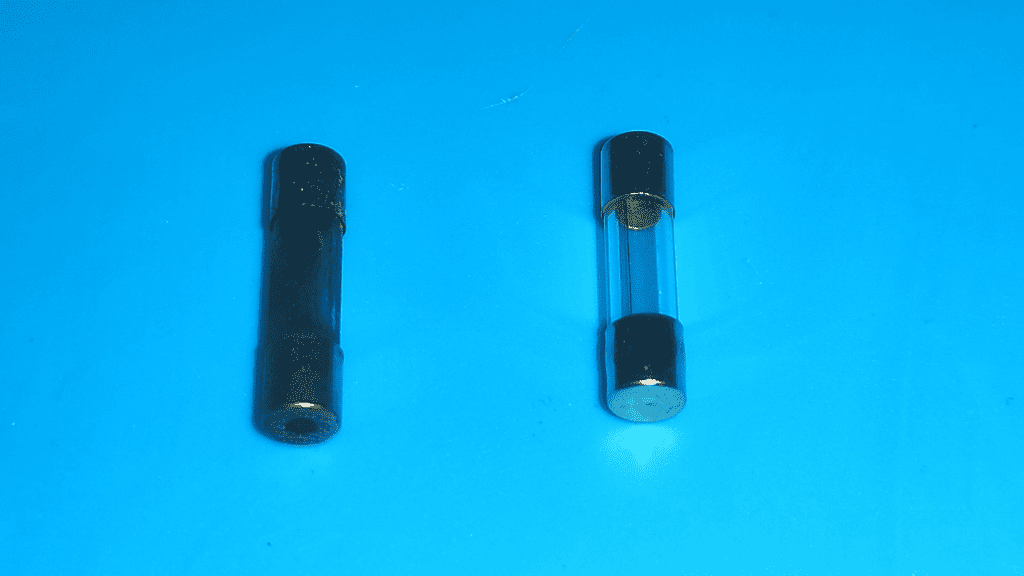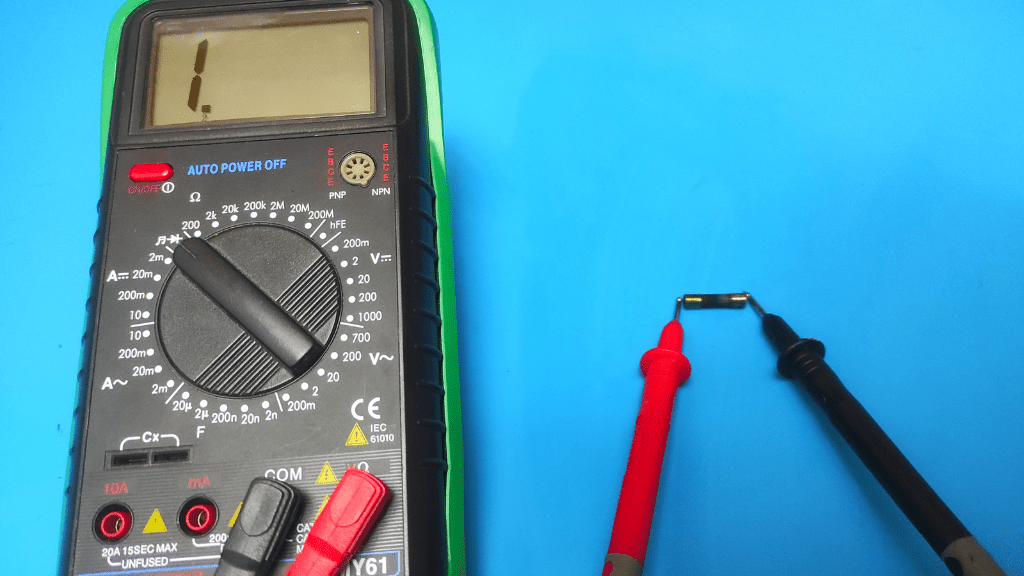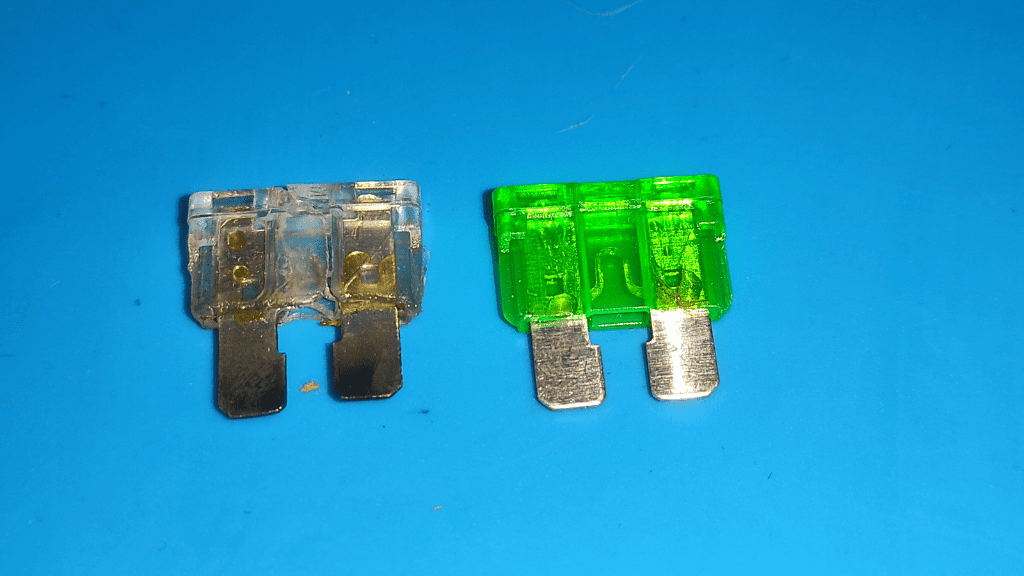
How to tell if a fuse is blown
Content
When an electrical device in your home or car stops working, you almost immediately think it has a broken main wiring or component. You fear that you may have to spend a lot of money to repair it or even replace the entire device.
On the other hand, a blown fuse could be the cause of your problems. A blown fuse means you simply install a replacement and your device starts working again.
Our blog post aims to comprehensively show you how to tell if a fuse is blown so you never have to worry about simple problems.
Let's get started.

How to tell if a fuse is blown
Checking the condition of a fuse depends on its type. For transparent fuses, you visually check if the metal wire is broken or melted. With others, you may look for dark burn marks. The most accurate method of testing a fuse is to use a multimeter to test for continuity.

To know how to check properly, you need to have a basic understanding of how electrical fuses work in your home. They have a wire inside that melts or explodes when excess power is passed through it, interrupting the electrical path.
This is a general principle used to ensure the security of other components.
Now there are different types, each with its own special shape and its own security mechanism. The most basic types of electrical fuses used in your home are cartridge fuses.
Cartridge fuses have an internal thin strip, wire, or "link" that contacts both ends of the fuse. When there is excess power, the wire will melt or burst, preventing current from flowing as there is an open in the circuit.
- Visual inspection of the cartridge fuse
If the electrical fuse in your home is transparent, you can simply visually inspect it to see if the jumper has melted or is open.
It can sometimes look hazy inside due to smoke when melted, or have dark brown spots from fading or puffing.
In case it is not transparent, this dark spot can seep from the ends or even break the cartridge container.

For the types of cartridges common in your home, these are the only visual clues that help you determine if they've been blown or not.
- Checking the cartridge fuse with a multimeter
The most accurate way to tell if the fuses are bad or not is to test them with a multimeter. This is where you will test for continuity between its two ends.
Remember that a jumper wire connects the two ends and will melt when over-currented. At this point, there is no continuity between its two ends, and a multimeter can help determine this quickly and easily.

Check out our full blog guide on checking fuses with a multimeter from the comfort of your home.
Electrical fuses used in automobiles are a bit more common and deserve a separate section.
How to know if a car fuse is blown
To diagnose a car fuse, you simply take it out of the box and look through the fuse's plastic cover. If the jumper inside the plastic looks broken or has dark marks or metal residue on it, then the fuse is blown. You can also use a multimeter to check continuity between blade terminals.

The type used in automobiles is also called an automotive, blade, or blade fuse. These fuses have a peculiar look with two short blades at both ends inserted into the box.
Automotive types are designed in such a way that they can be easily removed from the vehicle.
If you suspect a device in your car is malfunctioning due to a broken electrical fuse, it's a good idea to check your car's owner's manual to determine the exact type that works with it.
This is because it can be difficult to choose one, since there are several identical car fuses connected to one box.
- Visual inspection of automotive fuses
Once you determine which block you need to check, you will pull it out of the slot. Although automotive fuses are covered in colored plastic, they are still quite transparent.
The link is usually a flat piece of metal, and when it breaks the resulting short gap is also visible.
Carefully inspect the clear plastic for broken connections, fogging, or dark spots. This can be caused by a burning link. You can also see the remnants of the plastic that is part of the broken link.

- Checking the car fuse with a multimeter
However, just like cartridge types, a multimeter is also the most accurate tool for diagnosing blade types for faults. Run a continuity test between the two blades to see if the link is broken or not.
If the multimeter does not beep, it is defective and needs to be replaced.

Sometimes checking other types of electrical fuses with a multimeter may not be as easy. Luckily, these different types usually have special visual cues to help you know if they've burned out or not.
For example, the drop-down type has a holder that detaches from the contact and falls out of the case when the link burns out. The striker safety, on the other hand, ejects the pin when actuated.
Check the specific type you have installed and see if you can test it with a multimeter or if there are any visual signs that indicate a problem.
What causes a blown fuse
A fuse blows when more current or voltage passes through it than it is rated for. Overcurrent in a circuit can be caused by electrical or mechanical problems, including ground faults, short circuits, arc faults, wiring faults, or design errors.

Whether it's in your cars or devices in your home, a blown electrical fuse is a common signal of a deeper overcurrent problem. This indicates that the supplied current or voltage is experiencing a spike due to some electrical or mechanical problem.
For example, it may burn out due to overload. This overload in the circuit could be caused by things like hot and neutral wires touching, or too many devices powered by an electrical fuse. In these cases, you repair the circuit by finding faulty wiring or removing devices from it.
Electrical fuses can also blow if misdirected live wiring touching a conductive surface causes a short or ground fault. You find it and apply the necessary fix.
The bottom line is that when you see problems with an electrical fuse, you are trying to figure out the cause of the overcurrent that caused it to blow. This is the only way to properly solve any problem associated with it, and not just find a replacement.
Car fuse replacement
When you need to replace a faulty car fuse (or any other type in your home), always make sure the replacement fuse has the same ratings and specifications as the old auto fuse.
This means that the new unit must be an automatic fuse with the same size, current and voltage rating as the old automatic fuse.
What happens if it doesn't have the same rating?
Well, in a more subtle case, if the replacement is of a smaller denomination, then it burns out when power passes through it. Your devices are still safe here.
However, if the replacement has a higher rating, it lets more energy through it than usual. When a surge occurs, the device it protects is damaged due to overcurrent. You see that your device is not protected here.
This is why it is important to use the same type of electrical fuse.
Also, make sure the plastic cover of the replacement fuse is the same color as the cover of the old fuse. This makes it easier to follow the instructions in case you need to replace another device in the future.
Luckily, you don't have to worry too much about replacing one of these in your car all the time. Automotive fuses are rated to last up to 30 or even 40 years.
However, when one of them fails, make sure you do more than just change it. A damaged electrical box is a more serious problem in a car and you will also find a way to fix it.
Guide Video
Fuse Safety Tips
Remember that even with blown fuses, there is still current in the circuits. Fuses only break the electrical path. Therefore, before replacing, make sure that all electrical appliances and even the power source of the entire circuit are turned off.
This avoids electric shock. Also, make sure the replacement element is not loose in the circuit to avoid overheating.
You can find more fuse tips here.
F.A.Q.
Can you visually see a blown fuse?
Yes, you can visually tell if a fuse is blown, especially if it's clear. You check if the link is broken and if there is any metal left in it. You can also look for dark burn marks.
What happens when a fuse blows?
When a fuse blows, the device it is connected to stops working. This is because the fuse interrupts the path that current flows to the device when it blows. At this point, the chain is broken.

